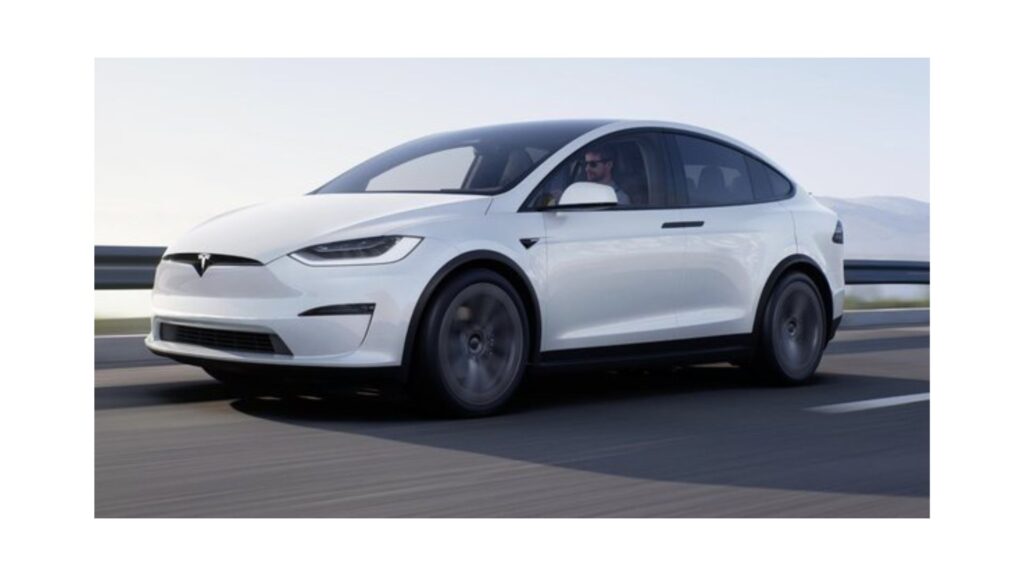With car thefts on the rise and authorities stepping up efforts to combat vehicle theft, it’s essential to consider options that offer added security and peace of mind. If you’re concerned about the safety of your vehicle, owning a Tesla Model 3 or Y could be a smart choice. These Tesla models come equipped with advanced security features and technology that make them less susceptible to theft. Tesla’s robust security systems, including GPS tracking and remote monitoring through the Tesla app, can help you closely monitor your vehicle’s whereabouts and status. Additionally, Tesla’s over-the-air updates enable the company to continuously enhance security measures, making it a compelling choice for those looking to protect their investment in these challenging times for vehicle security.

The rise in car thefts is a concerning issue, and thieves are increasingly targeting vulnerable vehicles. However, some vehicles, like the Tesla Model 3 and Model Y, are less susceptible to theft due to their advanced security features. Here’s why these Tesla models are harder to steal:
- Keyless Entry with Authentication: Tesla uses a key card or smartphone as the primary means of access. The key card must be tapped on the B pillar to unlock the car, and it needs to be placed on the center console to start the vehicle. This method is more secure than traditional key fobs and harder to replicate.
- Custom PIN: Tesla owners can set a custom PIN that must be entered before driving the car. This adds an extra layer of security, and the PIN pad changes after every use, making it difficult for thieves to guess.
- Phone-as-a-Key System: Tesla’s phone-as-a-key system allows owners to lock, unlock, drive, and control the car remotely using their smartphones. This method is highly secure, as it typically requires biometric authentication, such as facial recognition or fingerprint scanning, to access the phone.
- No Traditional Ignition System: Tesla vehicles do not have a traditional ignition system or start-stop button, making it challenging for thieves to hotwire the car.
- Tracking and Remote Monitoring: Tesla offers GPS tracking and remote monitoring through the Tesla app. Owners can track their vehicle’s location and status, making it easier to recover the car if stolen.
- Sentry Mode: Tesla’s Sentry Mode uses the car’s cameras to monitor its surroundings. If a potential threat is detected, the car can flash its headlights, sound the alarm, and notify the owner through the app. This discourages theft and vandalism.
- Limited Aftermarket Parts: Tesla vehicles have fewer valuable aftermarket parts compared to traditional gasoline-powered cars. The high-voltage battery, a practical component, is challenging to repurpose without specialized knowledge and tools.
- Charging and Supercharger Tracking: Using Tesla Superchargers requires a Tesla account and payment method. Any unauthorized use can be traced back to the owner. Additionally, owners can track the vehicle’s charging activity.

These security features make Tesla Model 3 and Model Y less attractive targets for thieves. While no vehicle is entirely immune to theft, these measures significantly reduce the likelihood of unauthorized access and increase the chances of recovery if a theft does occur.
Read more: Charles Leclerc’s New Car Hints at a Dramatic Switch to Lamborghini
While Tesla vehicles, including the Model S and Model X, have robust security features that make them less attractive to thieves, it’s important to note that insurance premiums are influenced by various factors. Here’s a more detailed explanation of why insurance premiums for Tesla vehicles may not always be lower:
- Repair Costs: Tesla vehicles are known for their advanced technology and electric drivetrains. While this technology provides security benefits, it can also be costly to repair or replace in the event of an accident. Insurance companies consider the repair and replacement costs when determining premiums.
- Safety Features: Tesla vehicles have numerous safety features, such as advanced driver-assistance systems (ADAS), Autopilot, and advanced sensors. While these features enhance safety, they can also result in higher repair costs if damaged in an accident.
- Safety Ratings: Tesla vehicles typically receive high safety ratings, which can lead to lower injury claims. However, the cost of repairs and replacement parts may offset these benefits in terms of insurance premiums.
- Theft Deterrence: While Tesla vehicles have theft-deterrent features, including tracking and Sentry Mode, these features may not significantly impact insurance premiums. Insurance companies consider the overall theft risk in the area where the vehicle is primarily located.
- Individual Factors: Insurance premiums are personalized based on individual factors such as the driver’s age, driving history, location, and coverage preferences. Some drivers may qualify for discounts or lower premiums based on their profile, while others may face higher premiums.
- Safety Score and Tracking: Tesla offers a Safety Score feature that tracks driving behavior and provides feedback to the driver. While maintaining a high Safety Score may lead to discounts for some Tesla owners, it depends on the insurance company’s policies and willingness to offer discounts based on this data.
- Claims History: The claims history of a specific Tesla model and its frequency of accidents and claims can also influence insurance premiums. If a particular model has a higher claims history, it may result in higher premiums.
Read more: Hyundai i20 Owner Sells Car to Buy Punch, Ends Up with Exter Instead
Tesla owners need to shop around and obtain insurance quotes from multiple providers to find the best coverage and rates for their specific situation. While Tesla’s advanced security features can contribute to overall safety and security, insurance premiums are determined by a combination of factors, and individual circumstances play a significant role in the final cost of coverage.
Table of Contents
Follow us:
| Please Follow us on Social Media | |
| Click Here | |
| Click Here | |
| Click Here | |
| Youtube | Click Link |
| Wheelwale Home | Click Here |

